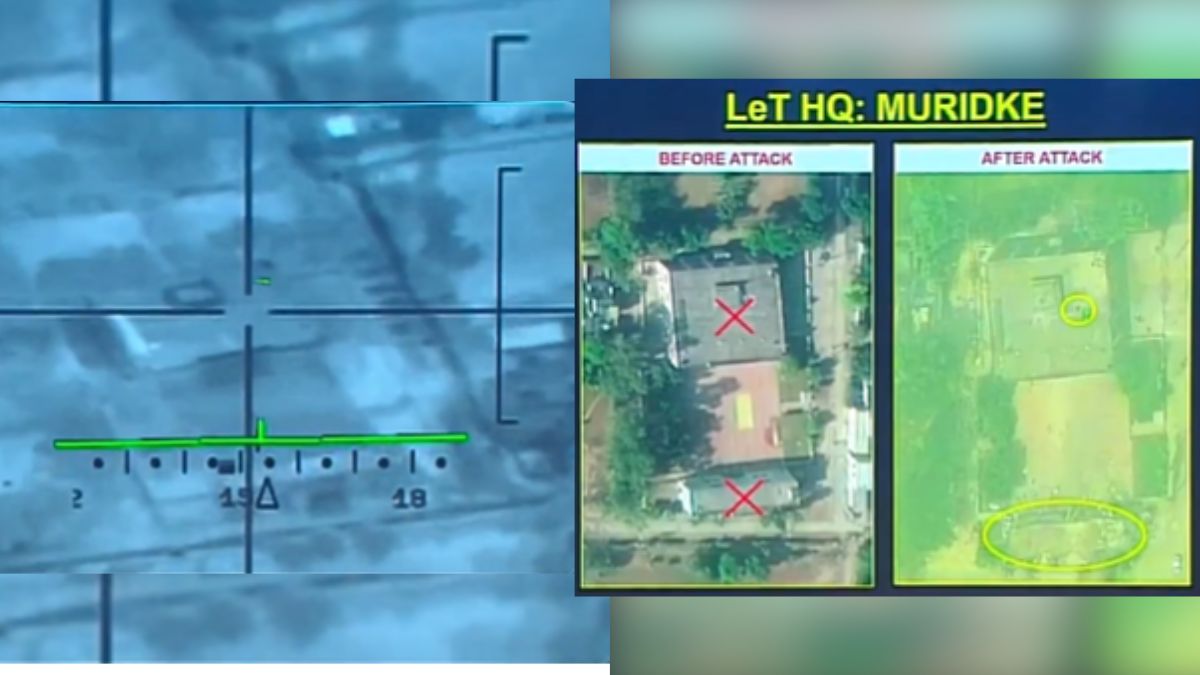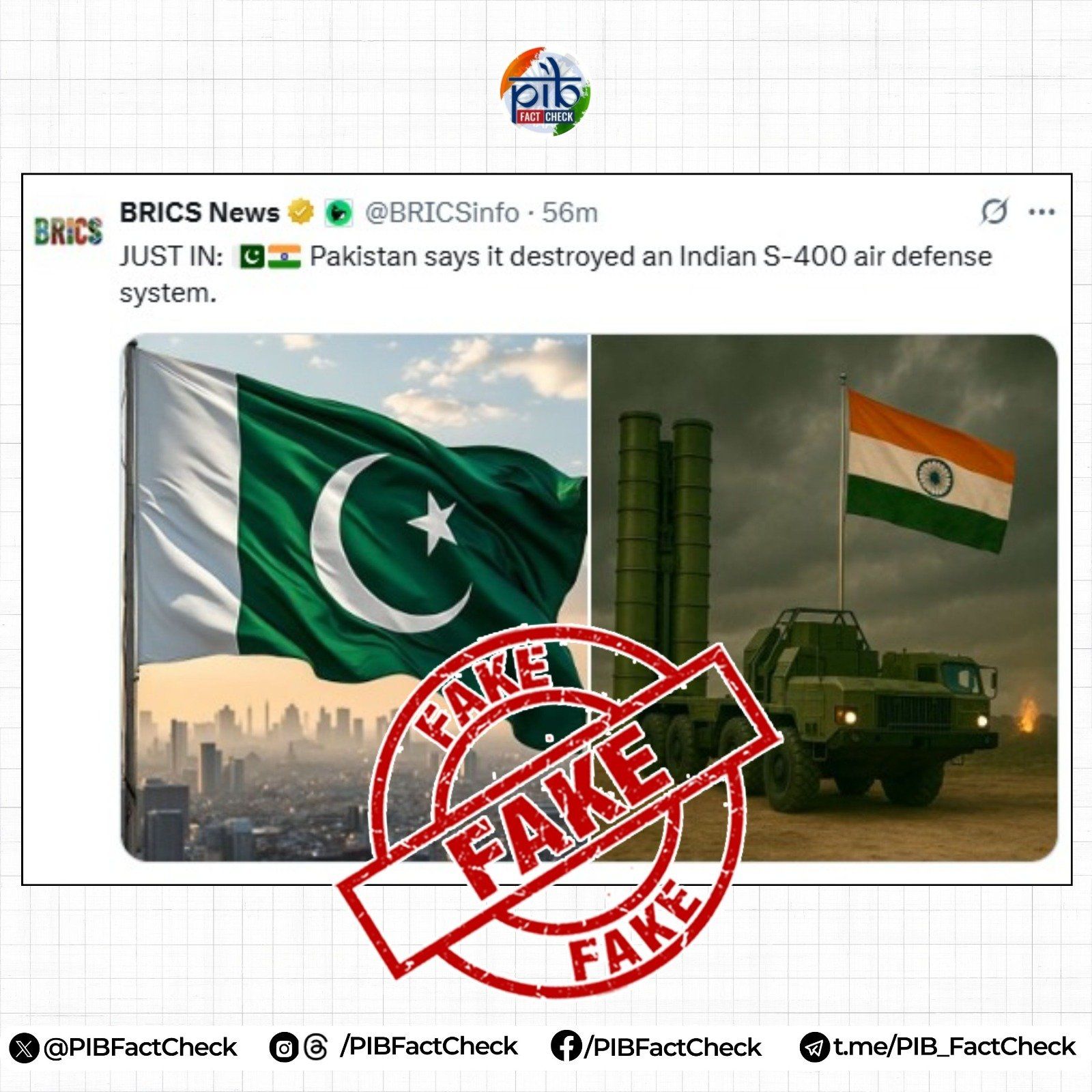Operation Sindoor’s Biggest Takeaway? How IAF Forced Pakistan To Ceasefire Table – ‘In Less Than 50…’

Vice Chief of the Air Staff Air Marshal Narmdeshwar Tiwari has revealed how India brough Pakistan to the ceasefire table in just around 4 days (Image courtesy: X.com/@ndtv)
It is very easy to start a war but not that simple to end it. Indeed, Vice Chief of the Air Staff Air Marshal Narmdeshwar Tiwari underlined the same, revealing how India was able to bring Pakistan down to the ceasefire table in just around 4 days and with less than 50 weapons.
Three months after India’s devastating strikes on terror hubs across Pakistan and Pakistan-occupied Kashmir (PoK), new details have emerged on Operation Sindoor, the retaliatory action launched after the Pahalgam terror attack in Jammu and Kashmir that killed 26 innocent civilians.
Air Marshal Tiwari, speaking at the NDTV Defence Summit, revealed that fewer than 50 weapons were used by the Indian Air Force (IAF) to compel Pakistan to de-escalate. “From the list of options presented, we had a large number of target sets. And finally, we boiled down to nine,” he said.
How did the IAF achieve its objective with limited firepower?
According to Tiwari, the precision and impact of the strikes ensured maximum effect with minimal ordnance. “In less than 50 weapons, we were able to achieve conflict elimination. That is the essential part,” he stressed.
The strategy, he noted, was shaped by India’s higher directives: punitive action had to be “visual and visible”, deterrence messaging had to be strong, and forces had to prepare for possible escalation into a full-scale conventional war.
What role did India’s Integrated Air Command and Control System play?
Central to the success was the Integrated Air Command and Control System (IACCS), which Air Marshal Tiwari described as the backbone of both offensive and defensive operations. The system enabled India to absorb initial impacts and mount a rapid, hard-hitting response.
“The important aspect was that we were given complete operational freedom. That shortened our decision cycles. We were up to speed with events in real time,” he explained.
What targets were hit during the strikes?
On the morning of May 10, IAF aircraft launched BrahMos-A air-launched cruise missiles at strategic Pakistan Air Force (PAF) bases. Confirmed hits included Chaklala near Rawalpindi – a major logistics hub; Sargodha in Punjab – housing key PAF assets. Later assessments confirmed strikes on Jacobabad, Bholari, and Skardu in PoK and Sindh.
These installations carried both aviation and logistics value for the Pakistani military.
Did Pakistan retaliate?
The strikes triggered four days of missile duels, drone incursions, and artillery fire across the Line of Control (LoC). While India blunted Pakistan’s aggressive tactical responses, tensions peaked as Pakistani drones were spotted over Srinagar and parts of Gujarat even after the ceasefire was announced.
India accused Pakistan of violating the truce. Foreign Secretary Vikram Misri warned that New Delhi takes “very, very serious notice of these violations”, stressing that Indian forces were responding “adequately and appropriately.”
How was India-Pak ceasefire agreed upon?
By the afternoon of May 10, Pakistan’s escalation had been largely contained. At 1535 hrs IST, Major General Kashif Abdullah, Pakistan’s DGMO, placed a direct call to his Indian counterpart, Lieutenant General Rajiv Ghai. Hours later, the two sides formally agreed to halt all military actions across land, air, and sea. Air Marshal Tiwari underlined the broader lesson: “It is very easy to start a war, but not easy enough to end it.” Operation Sindoor, with its calibrated strikes and rapid escalation control, had compelled Pakistan to back down — demonstrating the efficacy of India’s new military doctrine.







